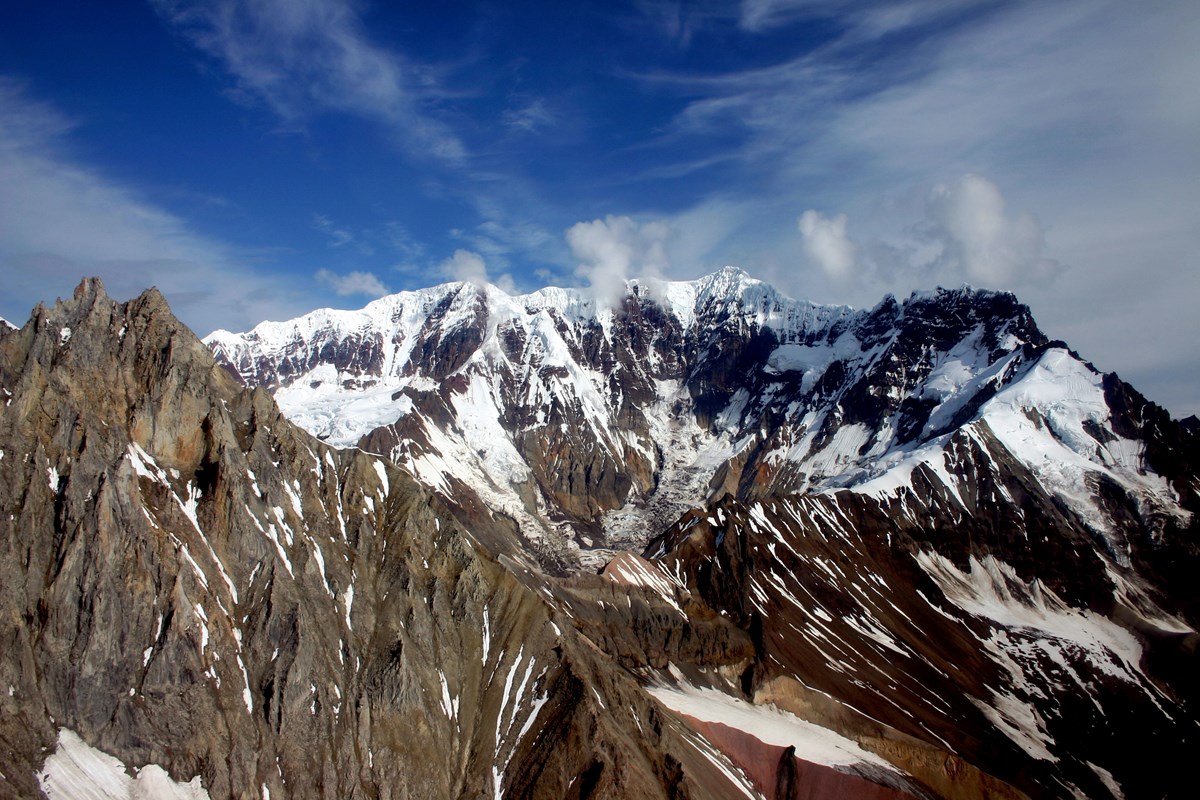Seafloor spreading occurs along mid ocean ridges large mountain ranges rising from the ocean floor.
Sea floor spreading occurs at what landform.
Seafloor spreading occurs at a diversion boundary.
The land form is a fault and the natural events it maeks are tsunamis or earthquakes.
The following features are shown at example depths to scale though each feature has a considerable range at which it may occur.
At this point tectonic plates pull away from each other and the gaps fills with magma from the mantle.
Mid ocean ridge warmer less dense and younger trenches colder more dense younger.
Continental shelf 300 feet continental slope 300 10 000 feet abyssal plain 10 000 feet abyssal hill 3 000 feet up from the abyssal plain seamount 6 000 feet.
For instance the atlantic ocean is believed to be expanding because of its few trenches.
As the plates in this space continue to diverge they do so in opposite.
Where does sea floor spreading occur.
As the magma is thrust up and hardens it forms new crust and the ocean floor on both sides of the mid ocean ridge move outward.
As the plates split apart they do so at differing speeds creating space anywhere from a few to several hundred miles between spreading margins.
Seafloor spreading theory that oceanic crust forms along submarine mountain zones and spreads out laterally away from them.
2 plates slide past each other is opposite directions.
Magma is pushed up through cracks in the crust along the mid ocean ridge.
The mid atlantic ridge for instance separates the north american plate from the eurasian plate and the south american plate from the african plate the east pacific rise is a mid ocean ridge that runs through the eastern pacific ocean and separates the pacific plate from the north american.
What happens to a divergent boundary on the seafloor.
Most transform boundaries consist of short faults on the seafloor occurring near mid ocean ridges.
Seafloor spreading is a process that occurs at mid ocean ridges where new oceanic crust is formed through volcanic activity and then gradually moves away from the ridge.
Subduction and sea floor spreading are processes that could alter the size and form of the ocean.
This graphic shows several ocean floor features on a scale from 0 35 000 feet below sea level.
This idea played a pivotal role in the development of the theory of plate tectonics which revolutionized geologic thought during the last quarter of the 20th century.

